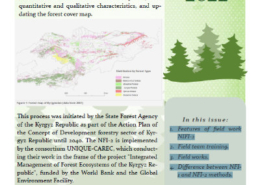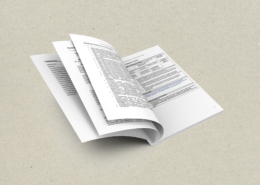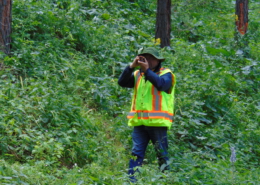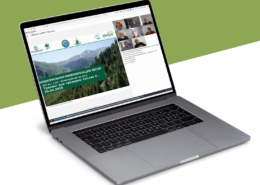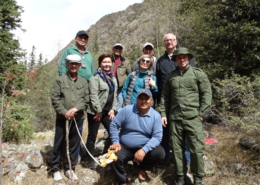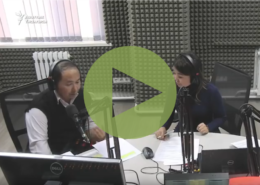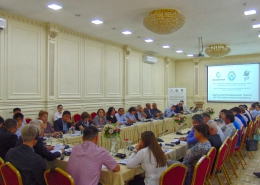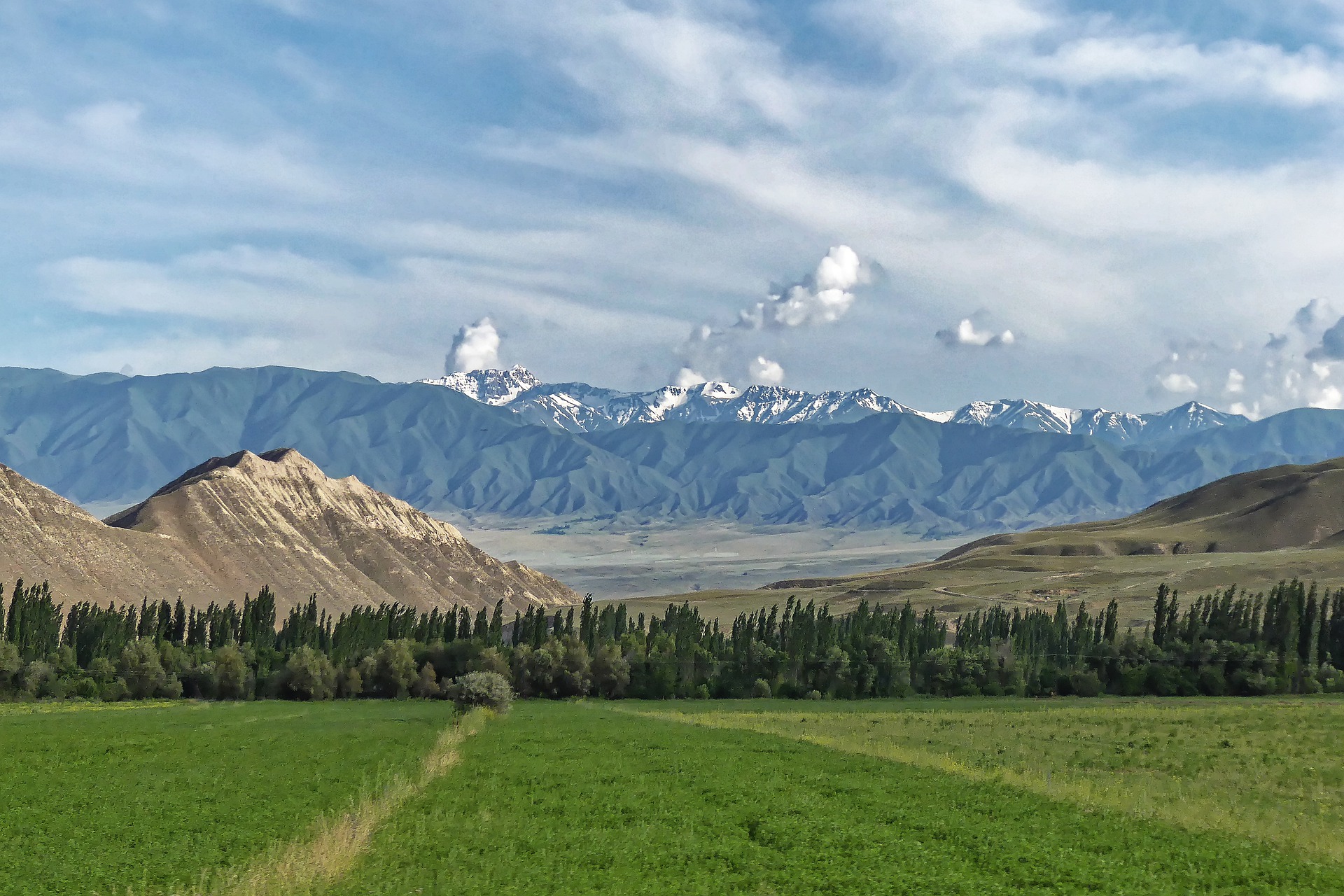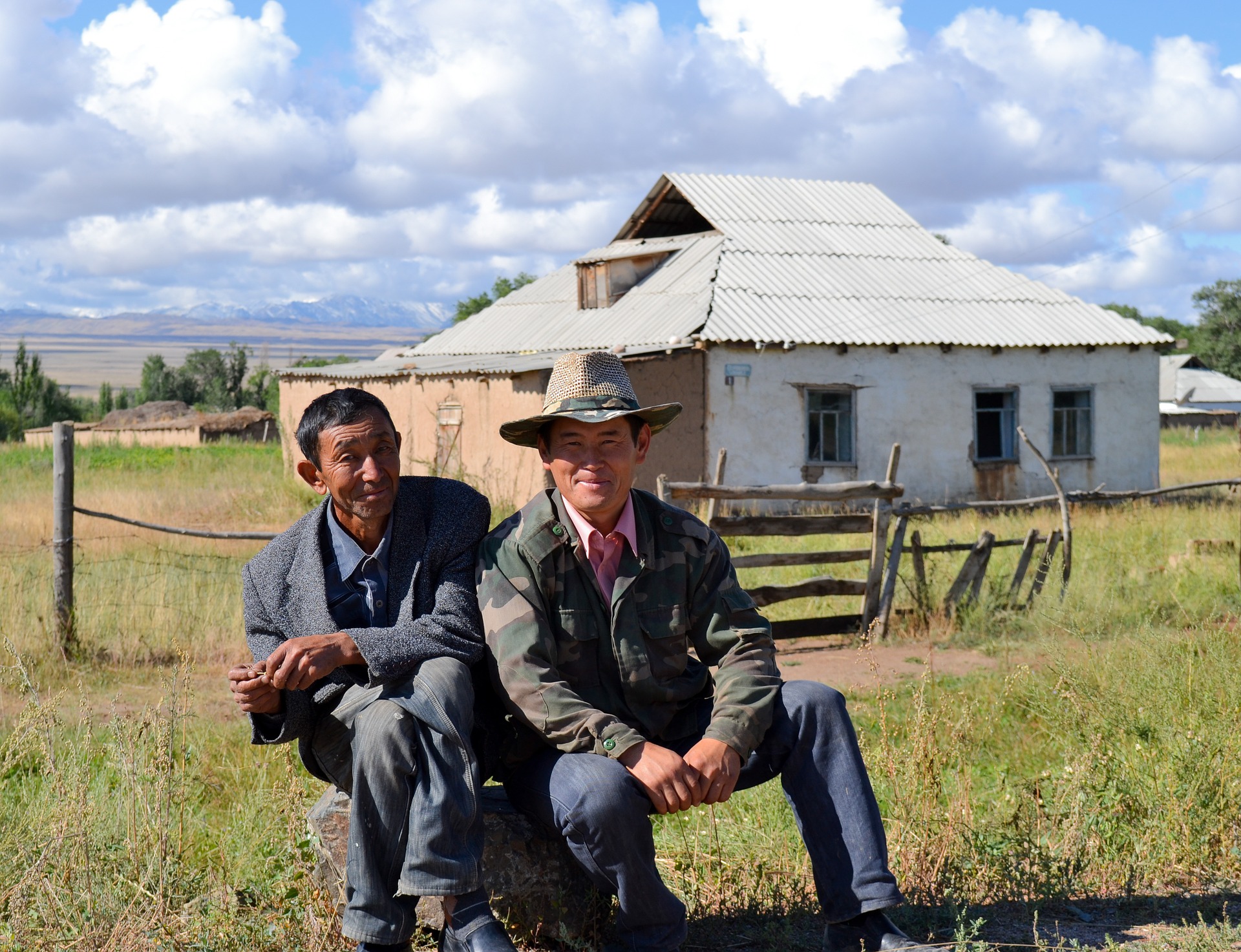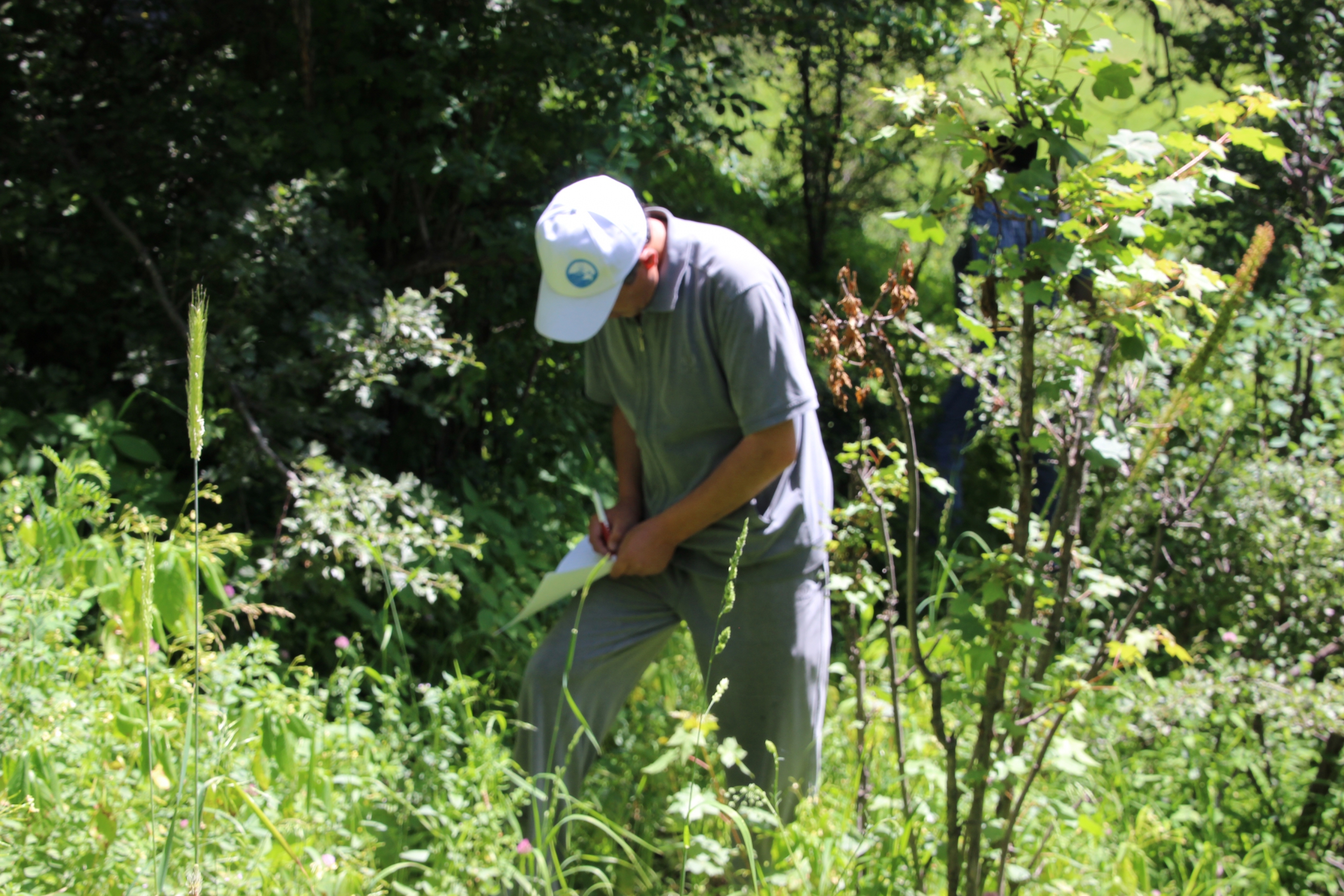NFI#2 Results
Report
By clicking on the following file, the report on the results of the NFI#2 from the Kyrgyz Republic can be accessed. It contains an overall assessment of the forests from Kyrgyzstan, in addition to the applied methodology – including tract and plot design, inventory information as well as data analysis. The results are present in the chapter 3, including the final forest area statistics for forest and shrubs, presented by oblast and ownership type, main forest formation and tree species groups. Information, such as tree regeneration, protection status and additional forest indicators – such as erosion and damages – can also be visualized.
Final Report [PDF; 2MB]
Digital maps
By clicking in the link below, the digital map of NFI#2 results can be accessed. It shows the geographical distribution of the NFI result layers, per Oblast, Main Forest Formation and Region. Results can be seen per plot level or region level. Geographical features (Roads, Rivers) are also present.
See the digital map of NFI#2 results in our NFI GIS portal.



